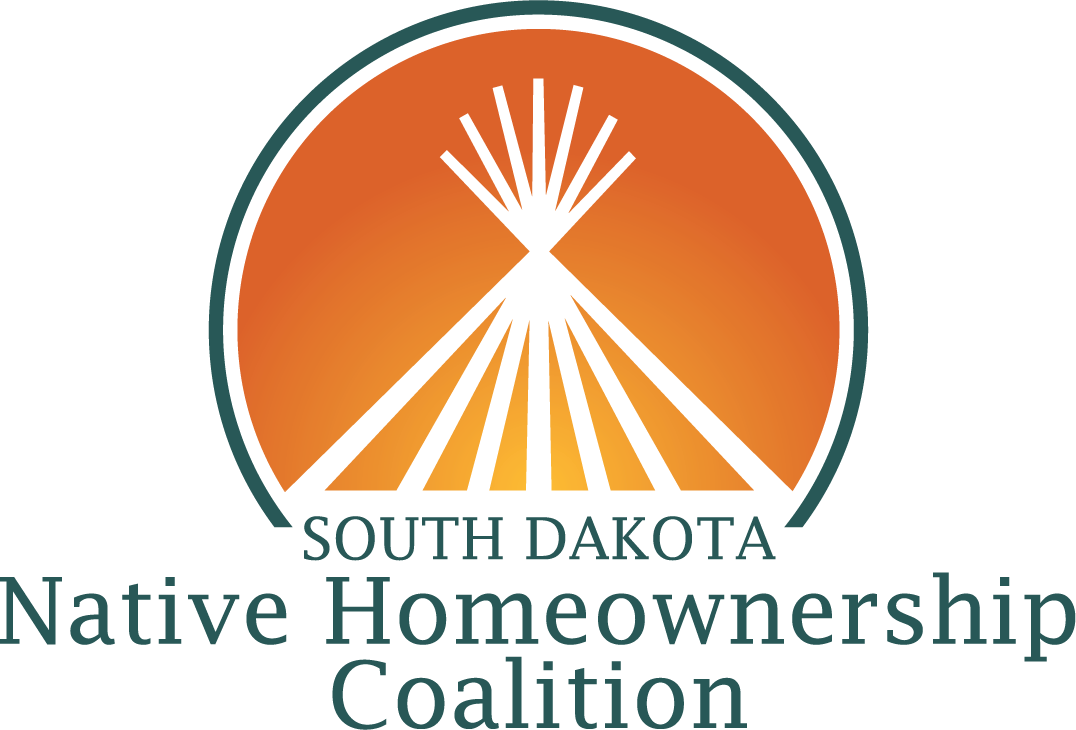Building a Foundation for Homeownership in Indian Country
While homeownership in general has been on a decline across the United States, it is increasing on reservations in South Dakota. More tribes are recognizing the capacity for homeownership to build individual and community wealth, wellness, and stability, thanks in large part to individuals from tribal communities who have become strong homeownership advocates. Homeownership advocates Sharon Vogel and JC Crawford, for example have both worked tirelessly in their respective communities to tackle the unique obstacles related to becoming a homeowner on their reservations, and others are taking notice.
Government policies that dismantled traditional ways of living in tribal communities have created a housing system that largely keeps people in a system of life-long renting, preventing families from building their personal equity and assets. As tribal communities begin to revitalize and empower themselves economically, government prescribed housing options are continuing to fall short of what many tribal housing authorities see as necessary to adequately serve their communities. Families of various income levels often compete for the same housing since a limited housing stock is available.
“The thing about housing on reservations is we focus so much on low income housing, which is necessary” says Elsie Meeks, former USDA – Rural Development State Director in South Dakota. “But we’ve also filled up a lot of houses that could have gone to low income families with people that could afford to buy homes and benefit from homeownership.”
Sharon Vogel, Executive Director of the Cheyenne River Housing Authority, sees homeownership as a strategic tool for strengthening tribal communities. Her work helps families have a comprehensive understanding of the complex process of Native homeownership and their options in accomplishing homeownership. “There are far reaching impacts of homeownership that go beyond financial benefits,” says Vogel. “Homeownership really puts families in control. People can decide everything from the location of their home to the design of it, making sure the home meets their family’s needs. Research shows that children who grow up in a family home that is owned have better outcomes in school.”
On the Sisseton Wahpeton reservation in South Dakota, Housing Authority Executive Director and homeownership advocate James “JC” Crawford also works to co-create a more successful housing system for his tribe. For instance, to address the issue of banks that were hesitant to lend in Native communities, Sisseton Wahpeton created a “risk pool” that would enable the tribe to purchase any home potentially in foreclosure, and resell the home to another tribal member. By thinking ahead, JC helped put lenders at ease and helped ensure that potential homeowners have the opportunity to build their future through homeownership.
“In Indian Country the nature of things is that ‘homeownership isn’t for us’ is a common mentality,” says Crawford, “but I think when we are looking at how we create self-sufficiency in our tribes, we are using our sovereignty to move out of the cycle of renting and into building our equity through homeownership.”
